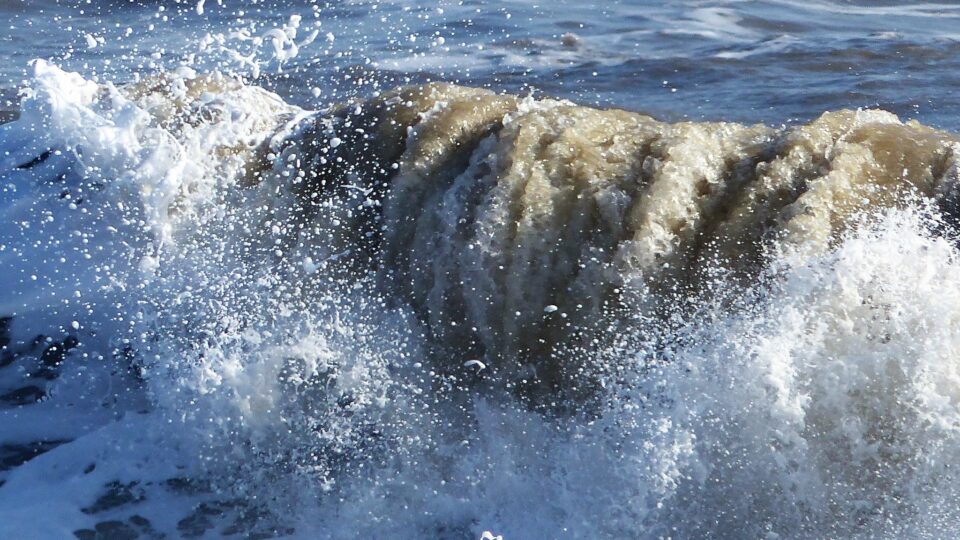There are various ways to generate renewable energy from the world’s oceans, most obviously from the power of tides and waves. But there is also an oceanic energy source called osmotic or “blue” energy. Osmotic energy uses the differences in pressure and salinity between freshwater and saltwater to generate electricity.
When freshwater and saltwater are mixed together, large amounts of energy are released. If the freshwater and seawater are then separated via a semi-permeable membrane, the freshwater will pass through the membrane and dilute the saltwater due to the chemical potential difference. This process is called osmosis. If the salt ions are captured completely by the membrane, the passing of water through the membrane will create a pressure known as osmotic pressure. This pressure can be used to generate electricity by using it to drive a turbine. This has been demonstrated to work as far back as the 1970s, but the materials we have to use are not adequate to withstand ocean conditions over the long term and tend to break down quickly in the water.
New research, published in the journal Joule, looked to living organisms for inspiration to develop an improved osmotic energy system. Scientists from the U.S. and Australia combined multiple materials to mimic the kind of high-performance membranes that are found in living organisms. They created a hybrid membrane made from aramid microfibers (like those used in Kevlar) and boron nitride. The new material provides both the flexibility of cartilage and the strength and stability of bone.
The researchers believe that the low cost and high stability of the new hybrid membrane will allow it to succeed in volatile marine environments. They also expect the technology will be both efficient and scalable.
**********
Web Links
Photo, posted February 14, 2017, courtesy of Marian May via Flickr.
Earth Wise is a production of WAMC Northeast Public Radio.
